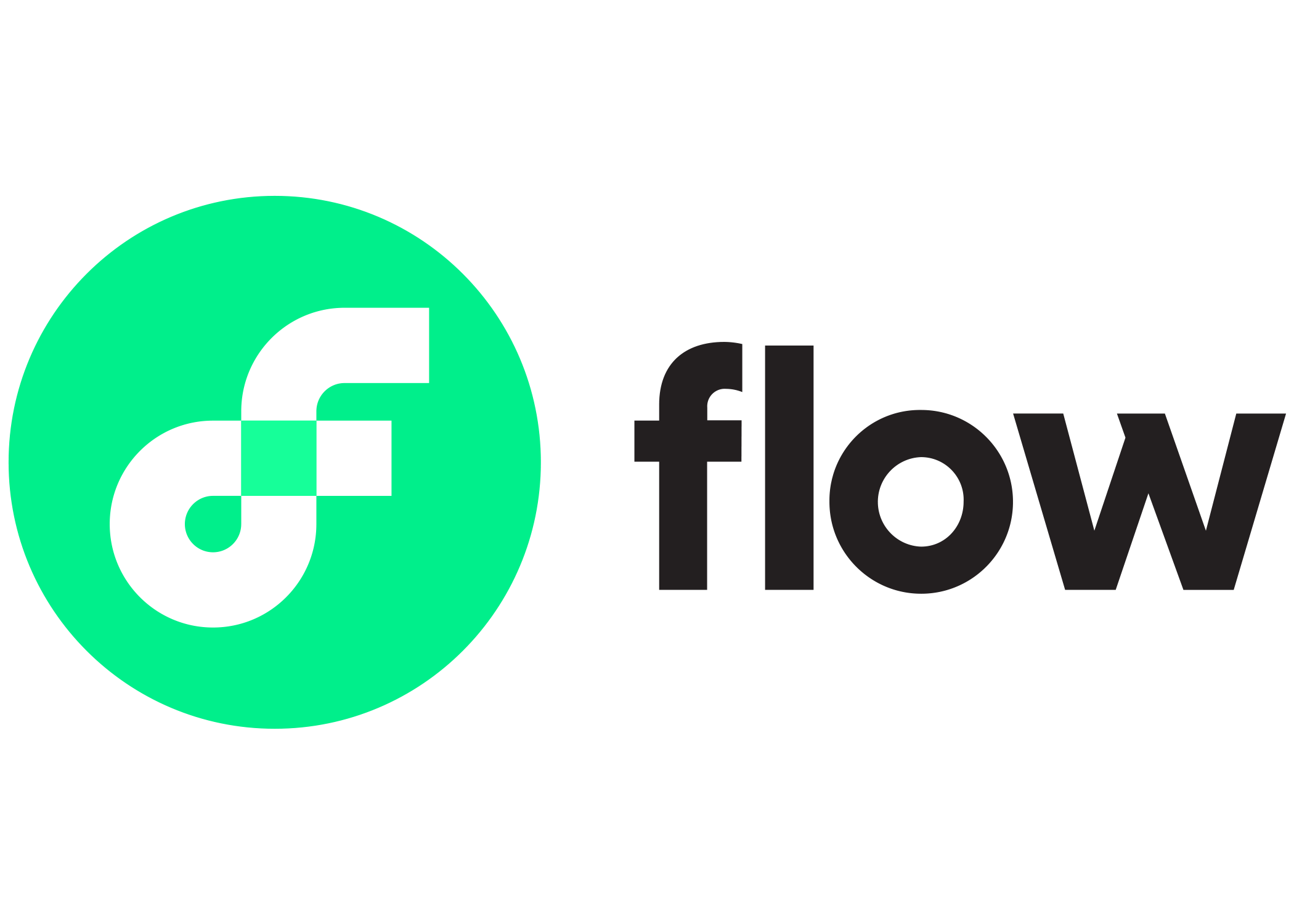
MLH events are a great way to learn about Web3 and technologies that might be the future of the internet!
Web3 is a possible evolution of web technology that aims to decentralize technology (instead of interacting with a company’s servers to interact with other people, you can interface directly with other people).
Because much of Web3 is also built on tokens that are exchangeable for traditional money (often referred to fiat), many monetization problems of the traditional web are made easier. Users can pay for the technical costs of applications as part of using services.
You can be at the cutting edge of this potential future today, by learning about one of these technologies and creating an application.

Flow is a blockchain whose technologies allows users to easily transact on it, mint, and manage NFTs, and create easy to use and understand smart contracts.
If you want to create a record of ownership or allow users to exchange digital or physical goods, Flow is a great option.
If you want to get started, one of the easiest ways to do so is using a client library in a language you know like Javascript, Go, Kotlin, Python, Swift, Unity, among others. Our tutorial on getting started with the Flow Testnet has some great resources or you can also learn more about Flow in their documentation.
$200 USD worth of FLOW token for each member of your team, so you can keep building on Flow, using Flow, or even trading it for cash.

Starknet is a Layer-2 blockchain scaling solution for Ethereum, and it's a game-changer for hackathon projects. Starknet can help to address Ethereum's scalability limitations by processing transactions off-chain (zero-knowledge rollups), resulting in faster and cost-saving operations. You can leverage Starknet to build decentralized applications (dApps) with lightning-fast transaction speeds, making your project stand out.
Whether you're developing a DeFi platform, an NFT marketplace, or any Ethereum-based app, Starknet can significantly enhance performance, reduce costs, and ensure that your project can handle high volumes of transactions.
Checkout the following resources to learn more!

Hedera is a blockchain whose technology allows for the creation of decentralized applications, complete with file storage. It’s great for creating NFTs and is even being used heavily to track carbon credits.
If you want to store files on the blockchain, encrypted information, or decentralized logs, Hedera is a great place to go.
Hedera has an in-depth Getting Started Guide that outlines how it works and how you can create your first dApp (decentralized app), our blogpost also gives you a quick way to use Hedera.
A Compact Mechanical Keyboard for you and each one of your team members.

Circle created a stablecoin, USD Coin (USDC), that is tied to the US Dollar, meaning one USDC is worth $1 USD. Now, they’ve created an easy way to onboard users to blockchain technologies without the difficulty and learning curve usually required.
Circle’s Programmable Wallets let users easily create a Web3 Wallet and allow developers to easily interact with it, using traditional REST APIs.
Use Circle if you want to create a Web3 backed app without making your users think about it or if you want to create a Web3 app using a solution that’s relatively easy to learn.
Try out Circle’s Interactive Quickstart to jumpstart your project!
You can read through the guide and / or watch a video that explains it all.
Account setup
Generating API Keys & Secrets
Building wallets
Funding your testnet account
Programmatically facilitating your first transaction
Use NodeJS, Go, Java, JavaScript, Kotlin, PHP, Python, Ruby, Shell, or Swift!
A Circle Branded Hardware Wallet for each member of your team.